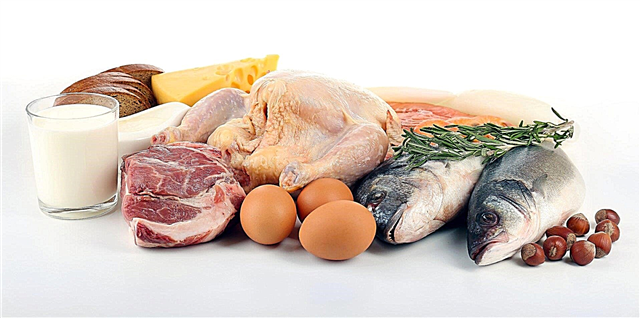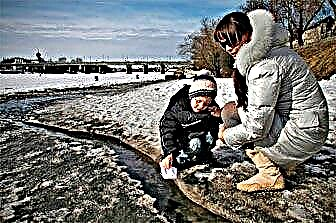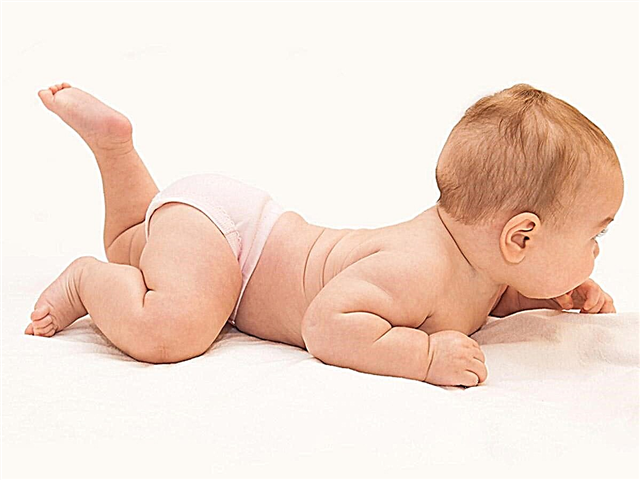
The summer season pleases both adults and kids with an abundance of fruits and berries. Many people like sweet juicy melon, but can you give its delicious pulp to a small child? To avoid health problems, it must be introduced into the children's diet correctly, having learned in advance about its beneficial properties, the optimal age for starting complementary feeding and the features of choosing a ripe fetus.

Benefit
- Large amounts of folic acid have a positive effect on the formation of blood cells.
- The pulp will give the child a lot of vitamin A and carotene, supporting the growth processes in the child's body and the development of vision.
- It is rich in ascorbic acid so it supports the baby's immune system.
- The pulp contains a lot of potassium, which is important for the functioning of the cardiovascular system.
- The high fiber content provides a mild laxative effect from its use.
- Due to the presence of magnesium and easily digestible carbohydrates, the pulp has a beneficial effect on the nervous system.
- The pectins in the composition contribute to the elimination of various toxins from the body.
- The high water content allows you to quickly quench your thirst.
You can learn more about the benefits and dangers of watermelon and melon from the program of Dr. Komarovsky.
Minuses
- In large quantities, it will be poorly digested in the child's digestive tract.
- If you treat your baby to melons at the same time with any other food, it can cause diarrhea and flatulence.
- An allergic reaction is possible on it.
- Melons grown for industry are often high in nitrates.
- If stored improperly, microbes develop quickly in it.
- The fruit should not be consumed for diabetes.
- This melon crop is not recommended for diseases of the digestive tract.
At what age can you introduce into complementary foods?
Experts recommend tasting the melon for babies who are already one year old. The earlier introduction of such a product into complementary foods can adversely affect the baby's digestion.

How to give?
Acquaintance of babies older than a year begins with a small piece of fresh fruit. It is given as a snack after breakfast, not combined with other foods. Until the end of the day, the child's reaction is monitored and, in the absence of allergies or digestive disorders, the next day, the portion of the melon is increased. A child of 1-2 years old can be given a maximum of 100 g of melon pulp per day, and older babies can be offered 200 g of this juicy delicacy per day.
Tips for choosing
You cannot buy an early melon for a child, wait for the natural ripening time of this melon culture (late summer).
Choose a yellow fruit with a pleasant sweetish aroma and a dry tail for baby food. Do not buy a melon with damage or dents, but at home, be sure to wash the fruit under running water (it is also recommended to pour boiling water over it).
After cutting the product, carefully inspect the cut - there should be no streaks or bright yellow stripes in the pulp next to the crust. Such signs indicate a high content of nitrates. Also, there should not be empty seeds inside, as they indicate the immaturity of the fruit.
Do not give your child melon that has been cut at room temperature for more than two hours or in the refrigerator for longer than 24 hours.

What to do if you have an allergy?
If the baby tasted the melon for the first time and reacted to it with a rash, redness of the skin or other symptoms of allergies, the new product is canceled and they try to introduce it into the diet next season. If the child has severe allergies, the doctor should be shown to recommend an appropriate antihistamine.
Find out if your child's weight is normal using the following calculator.



